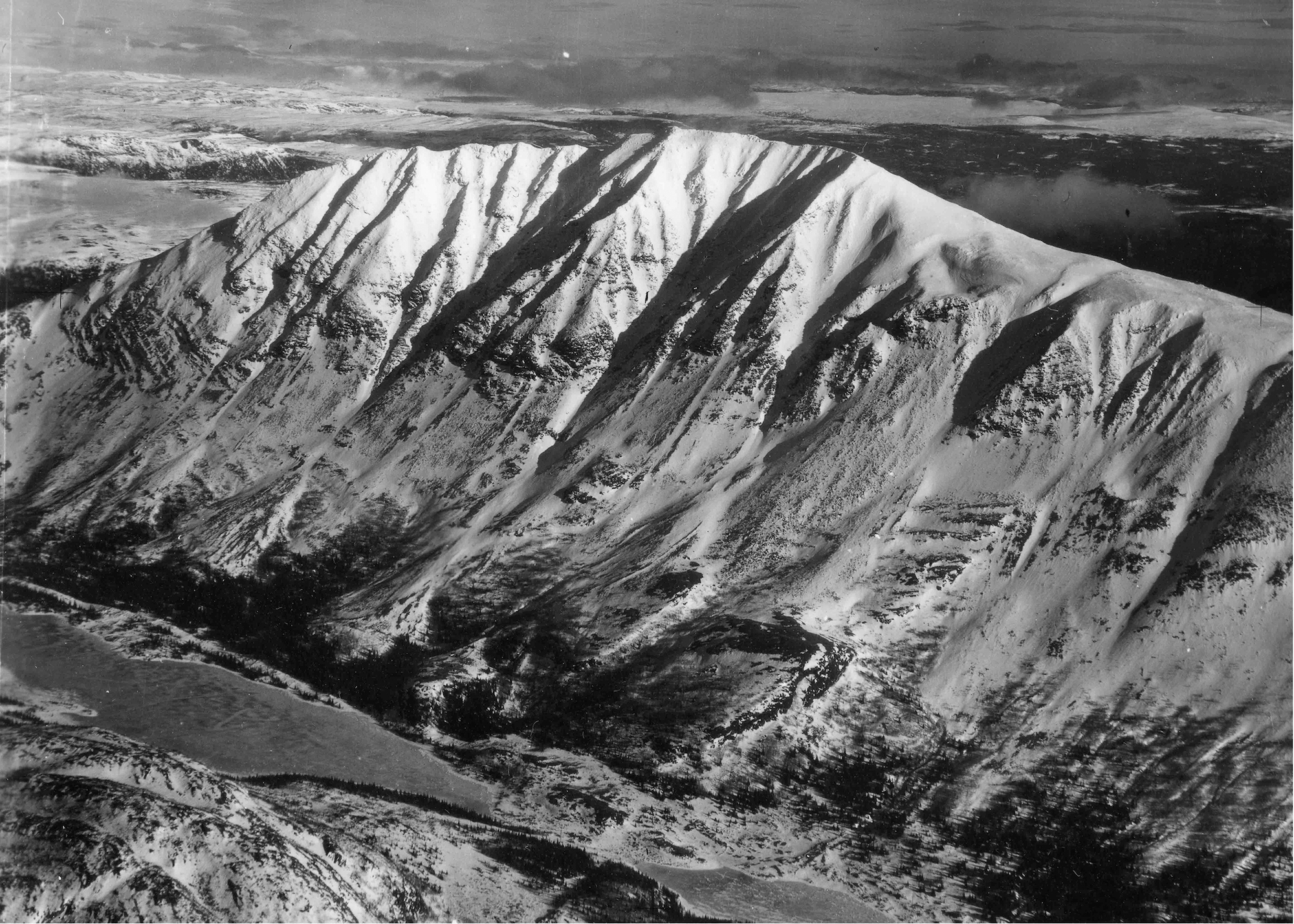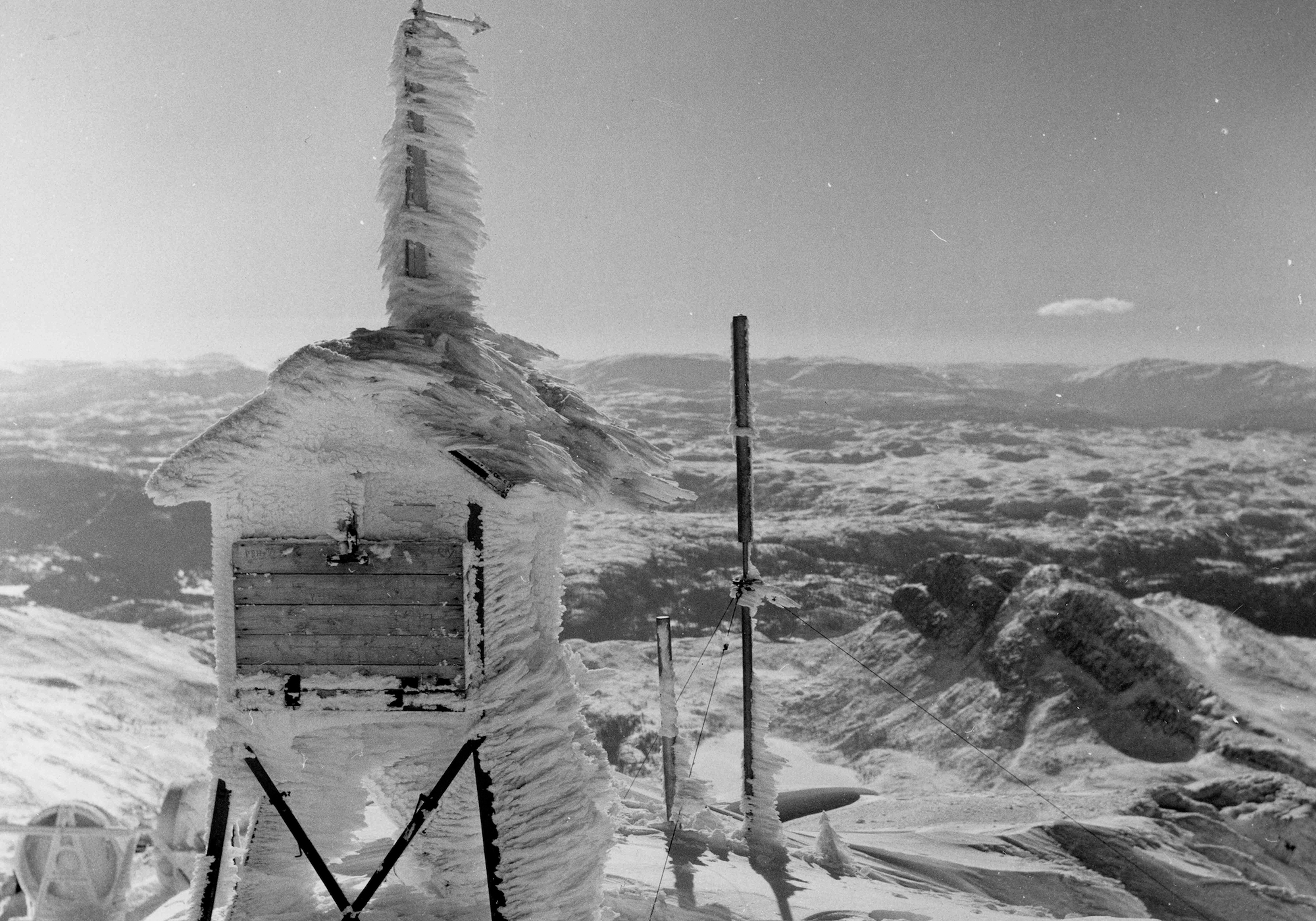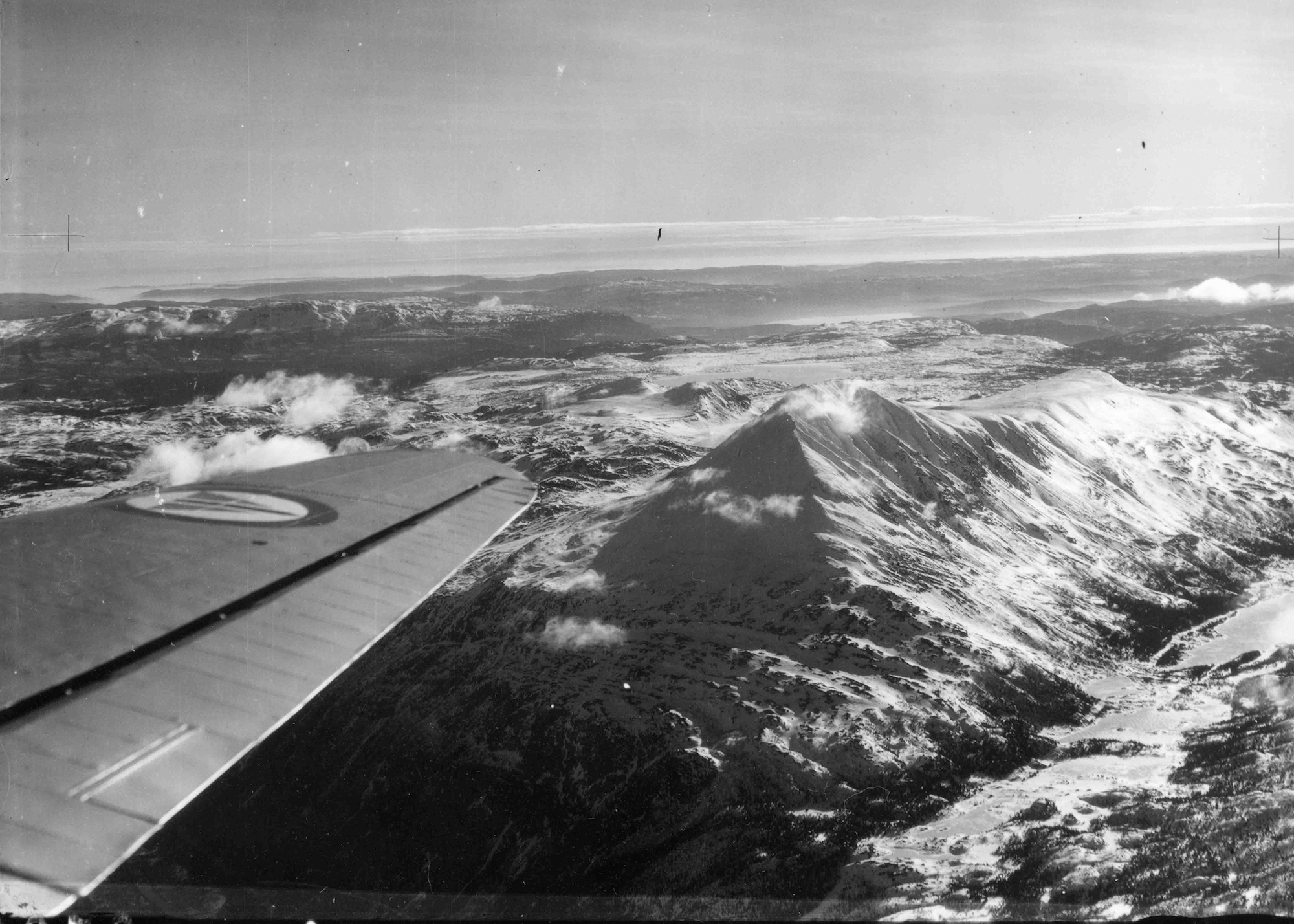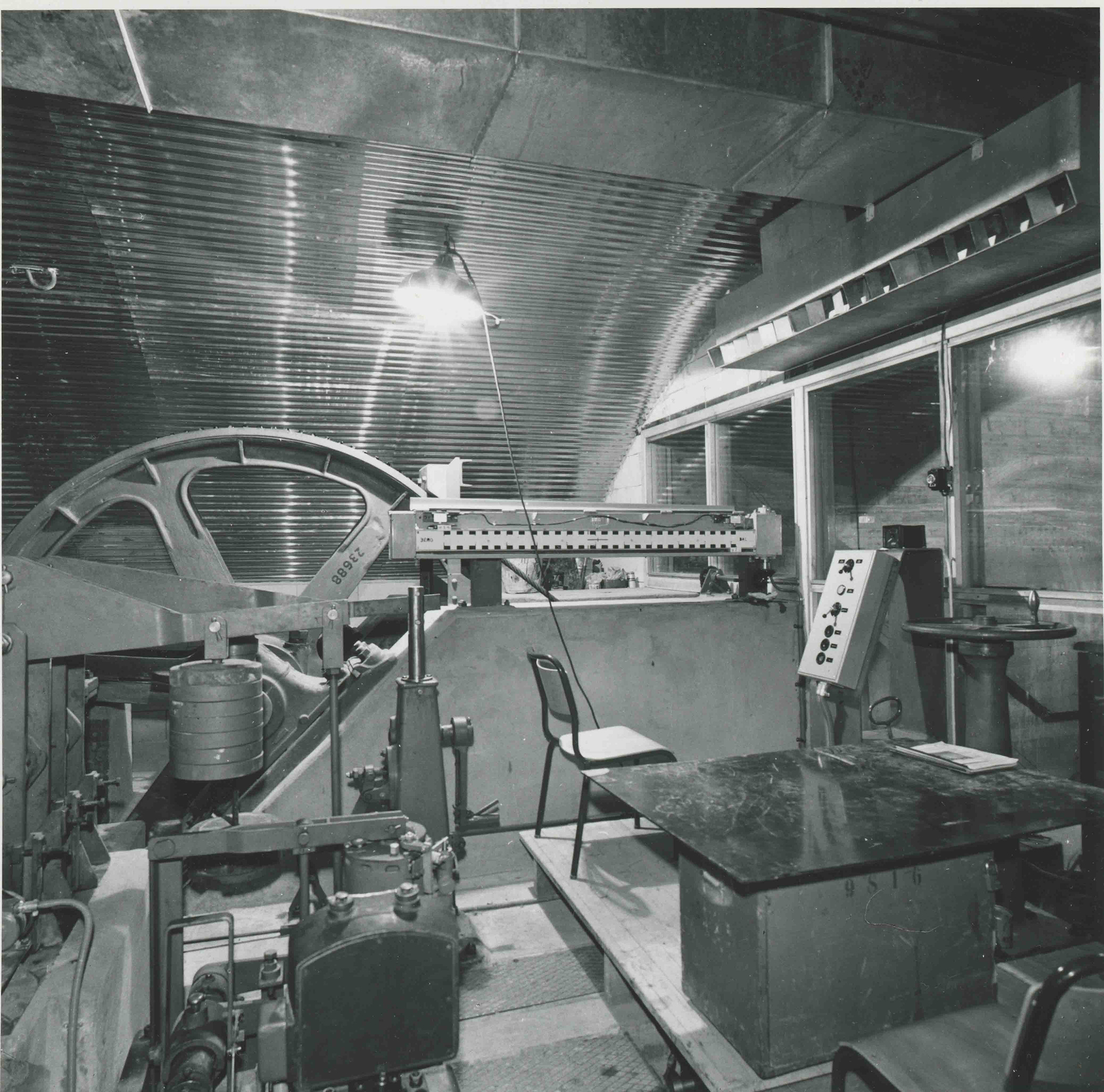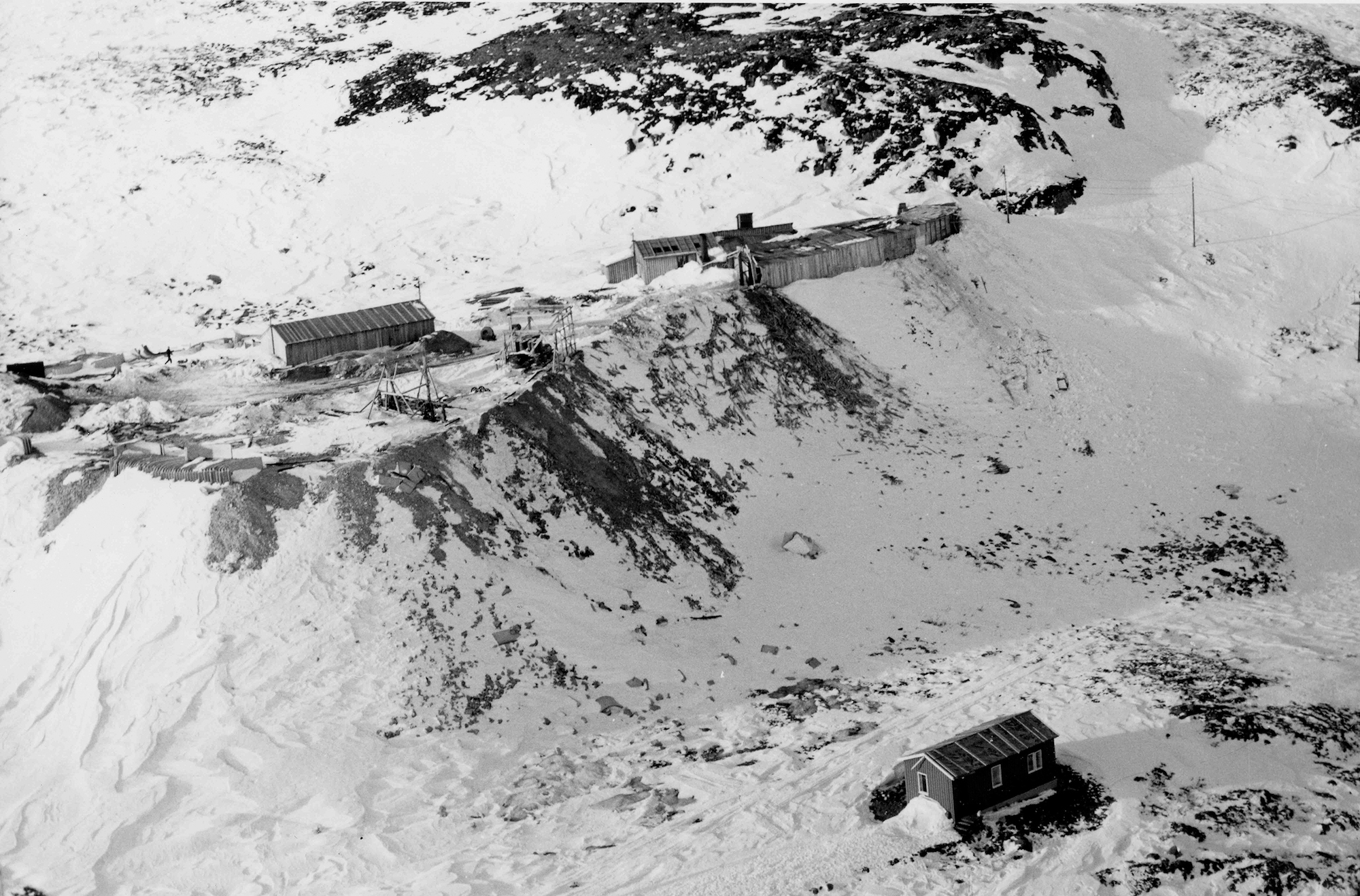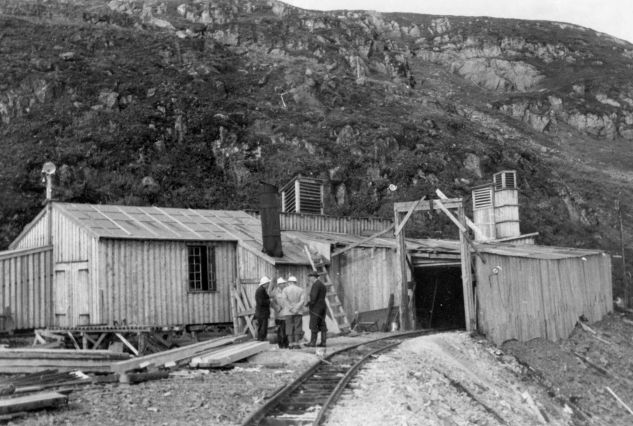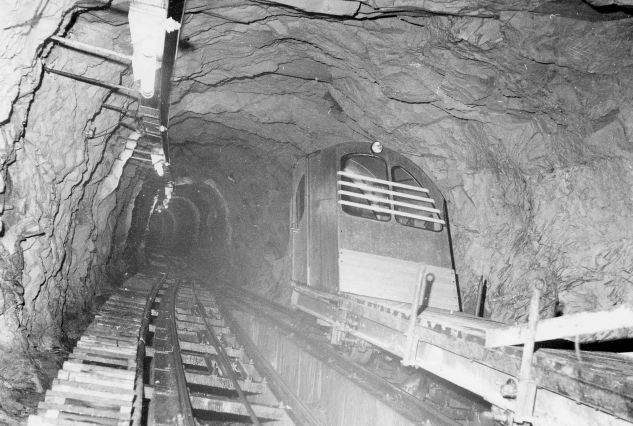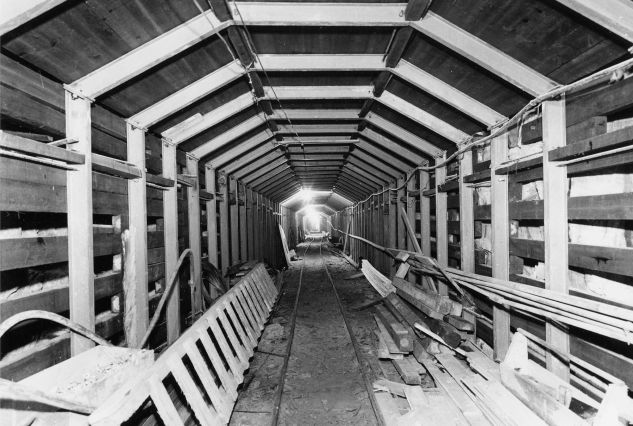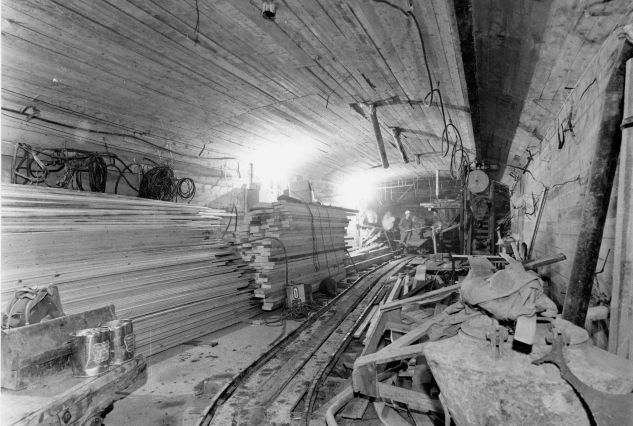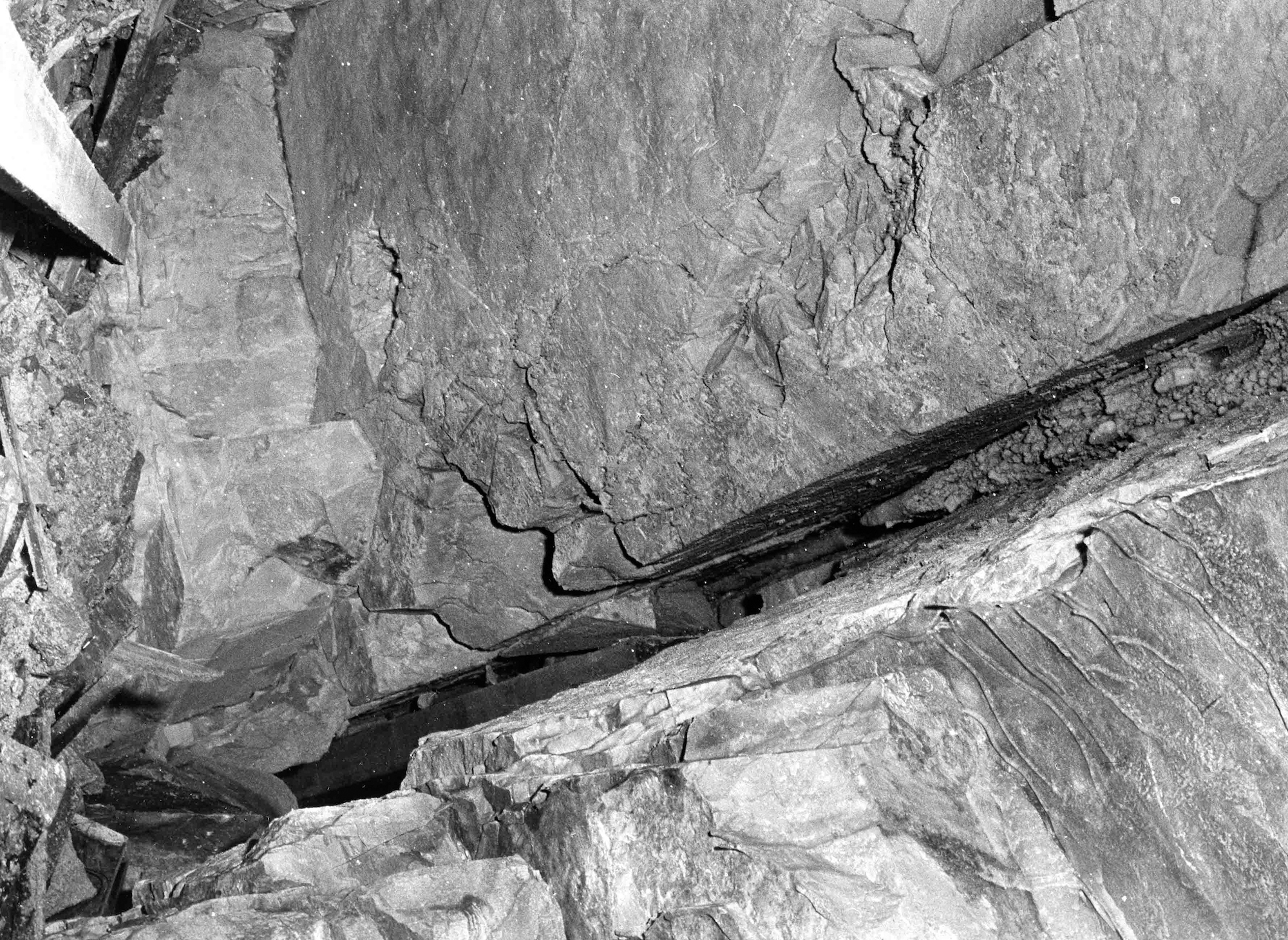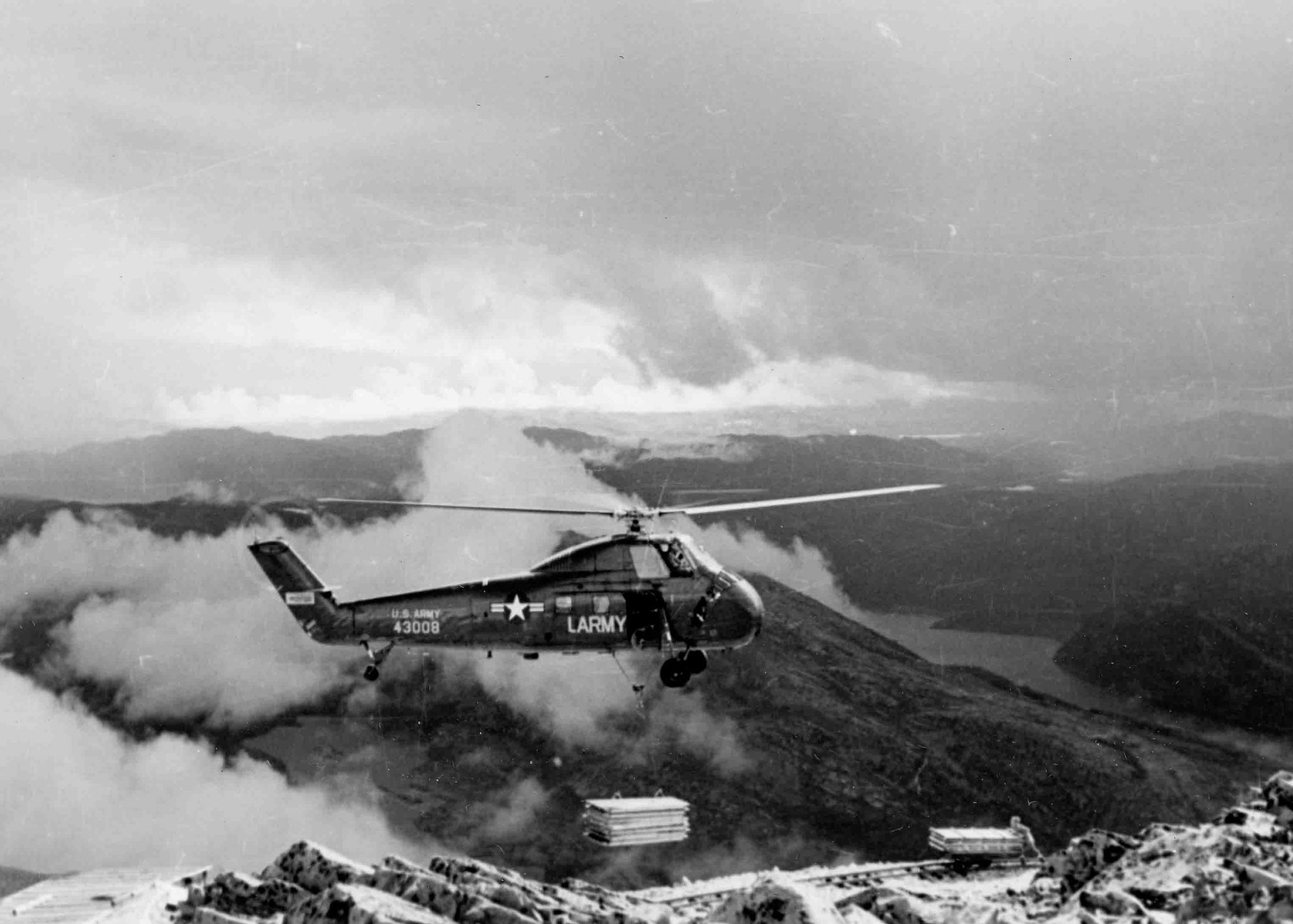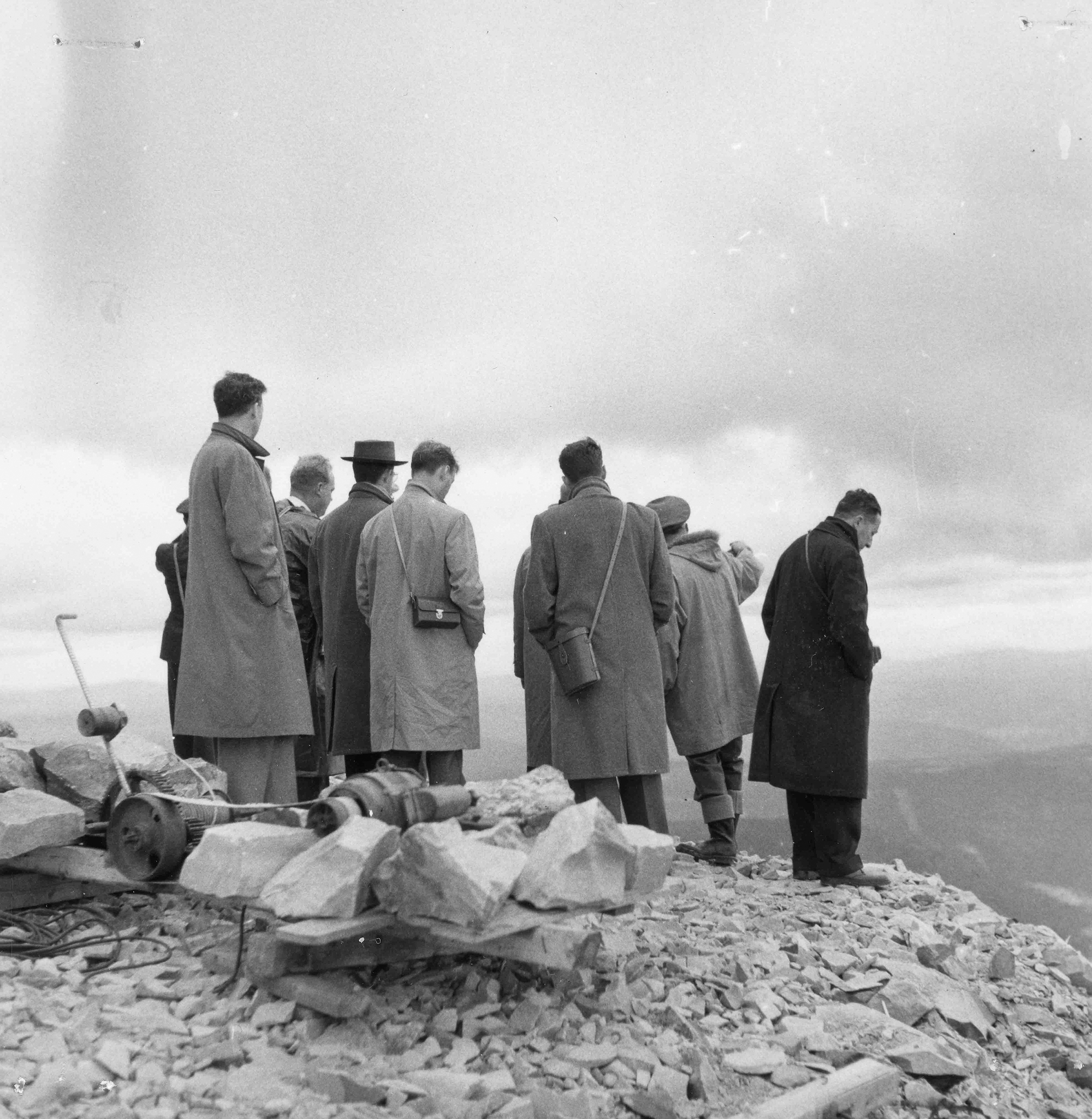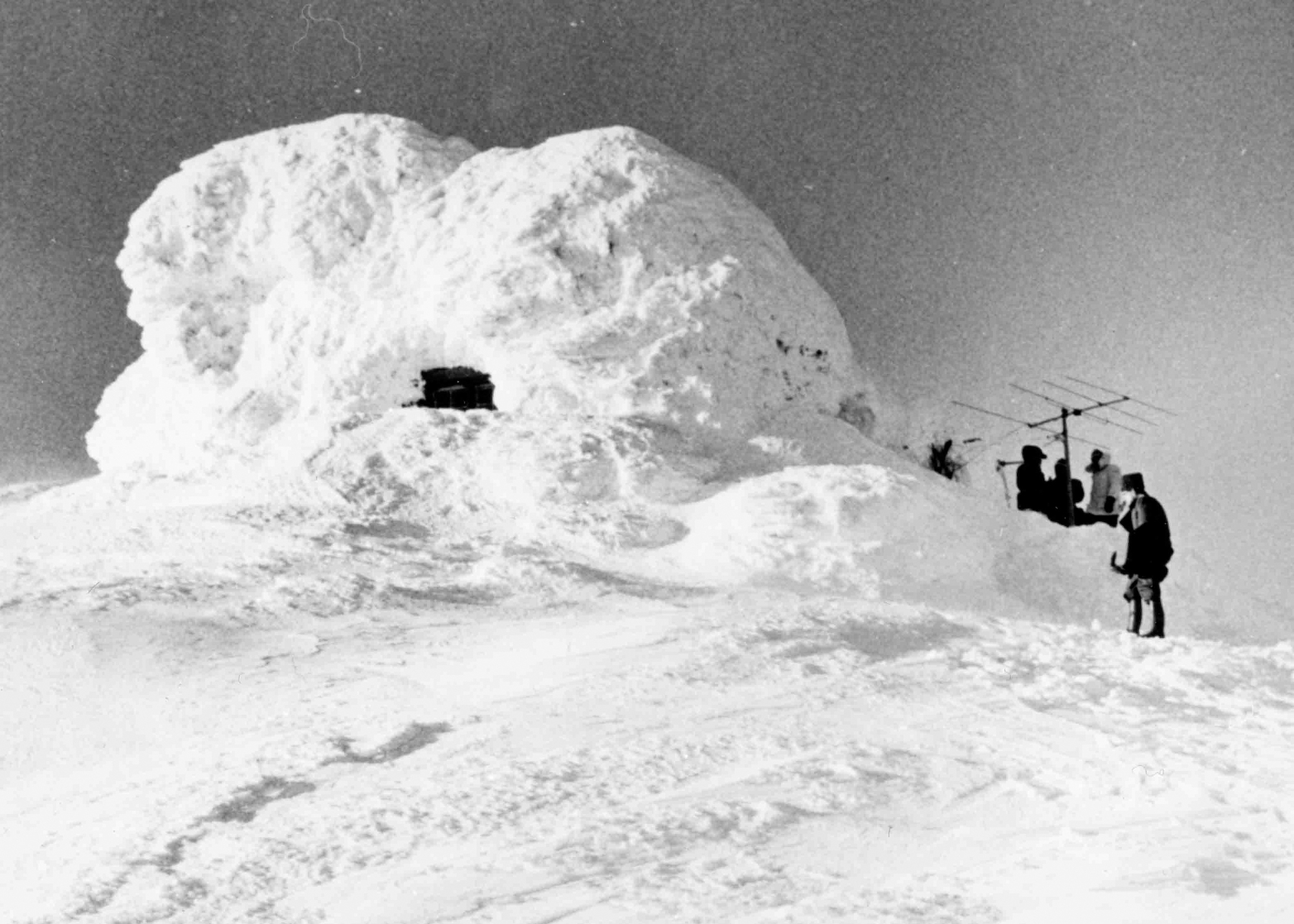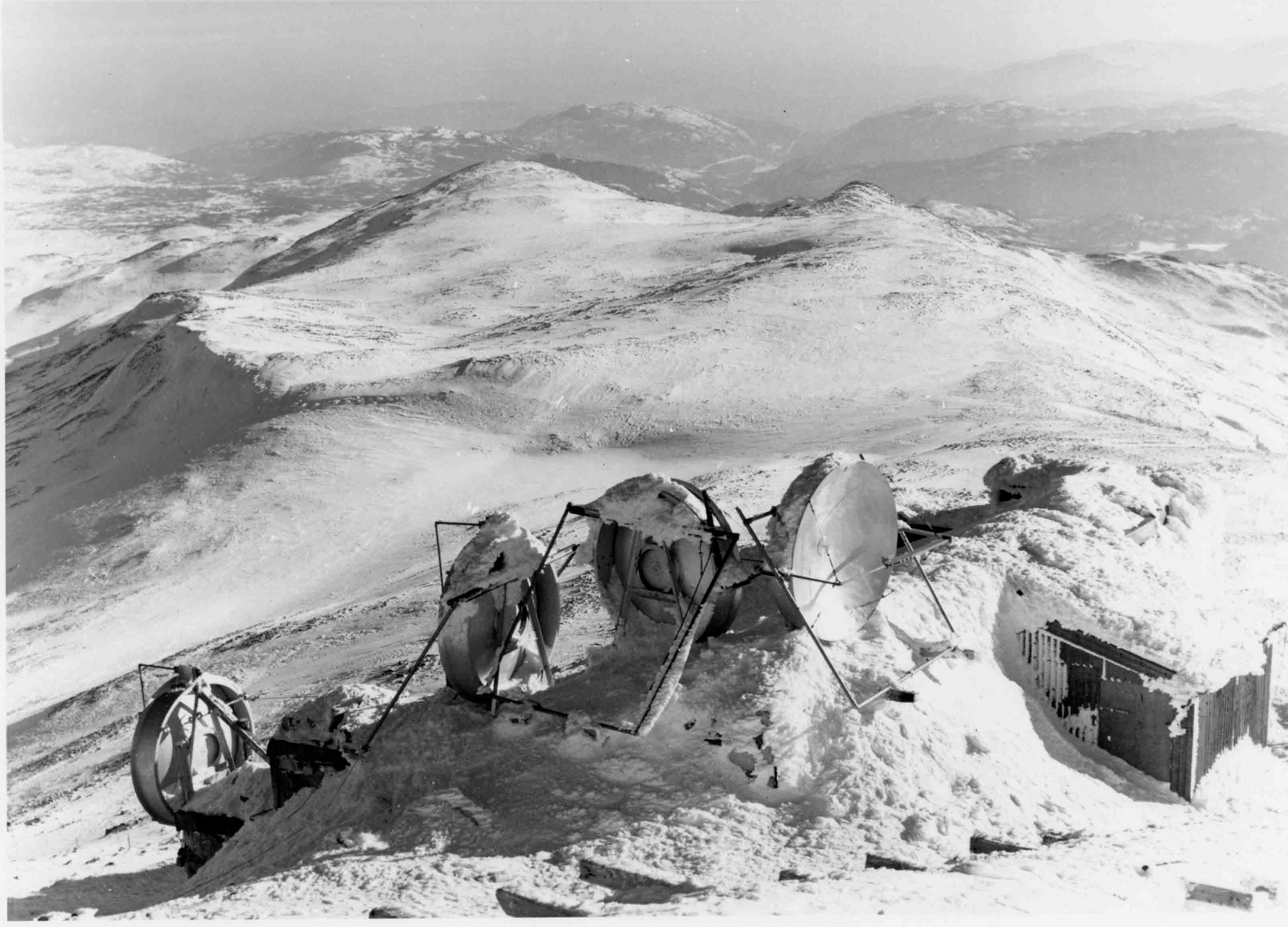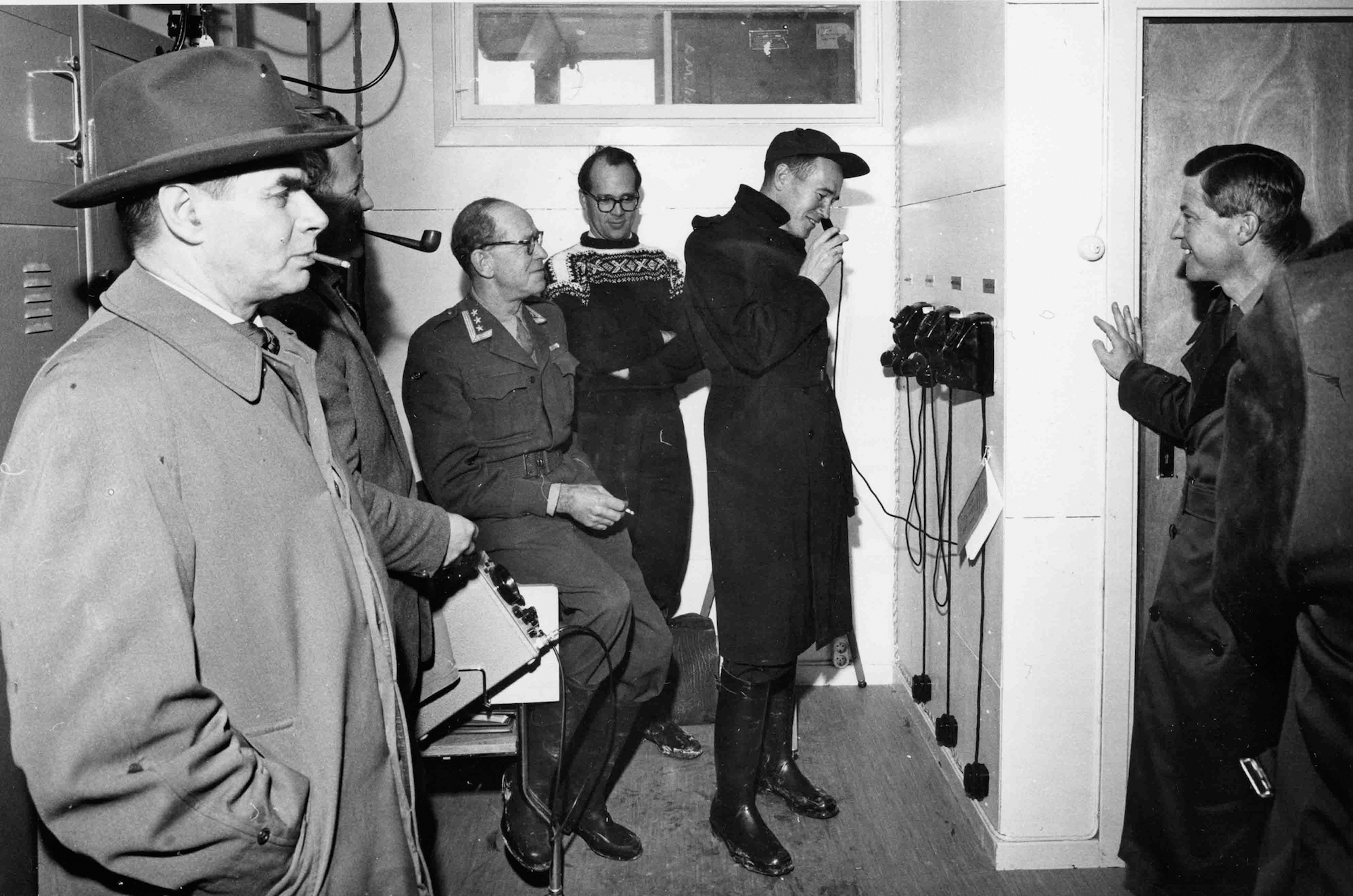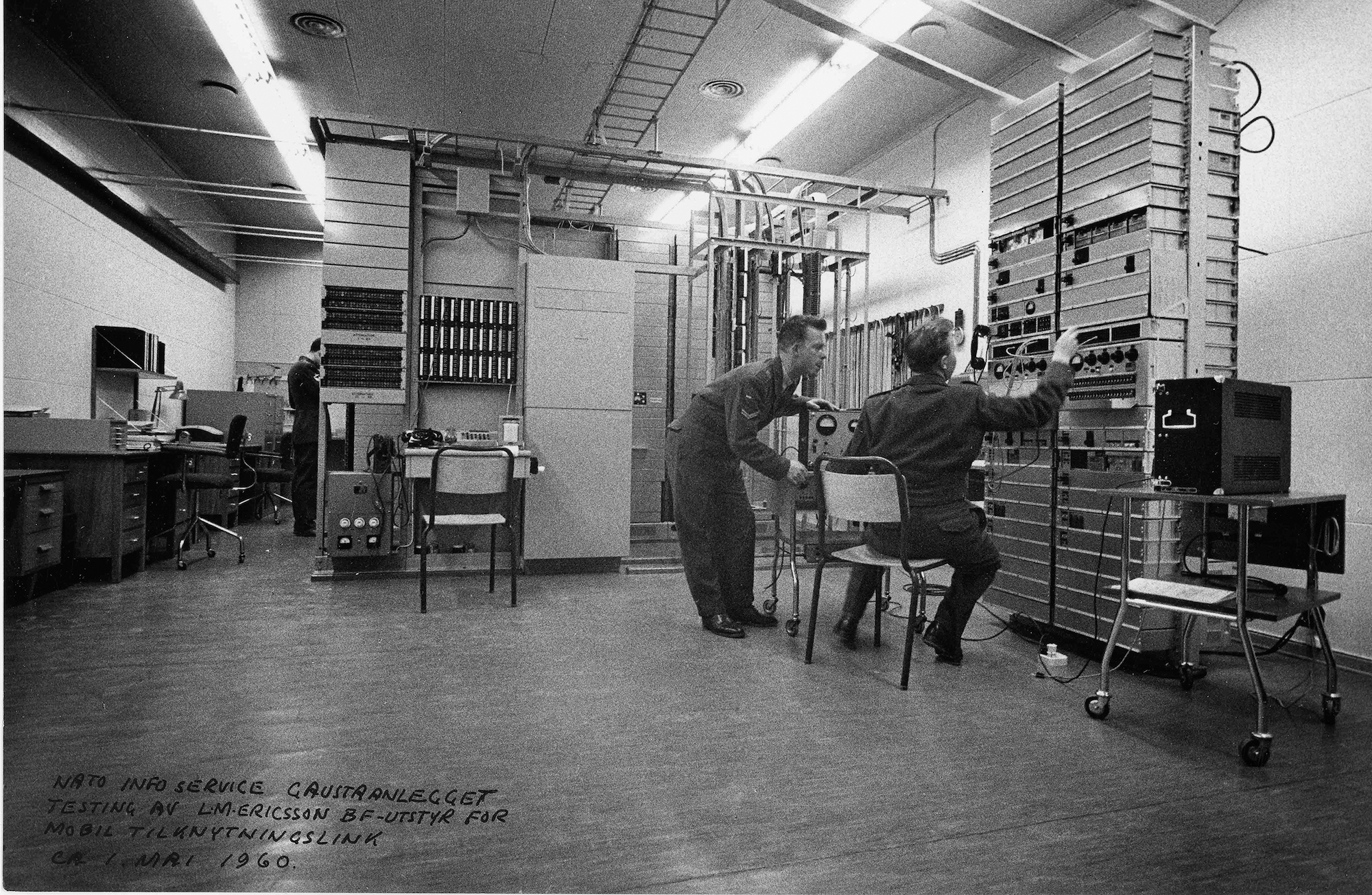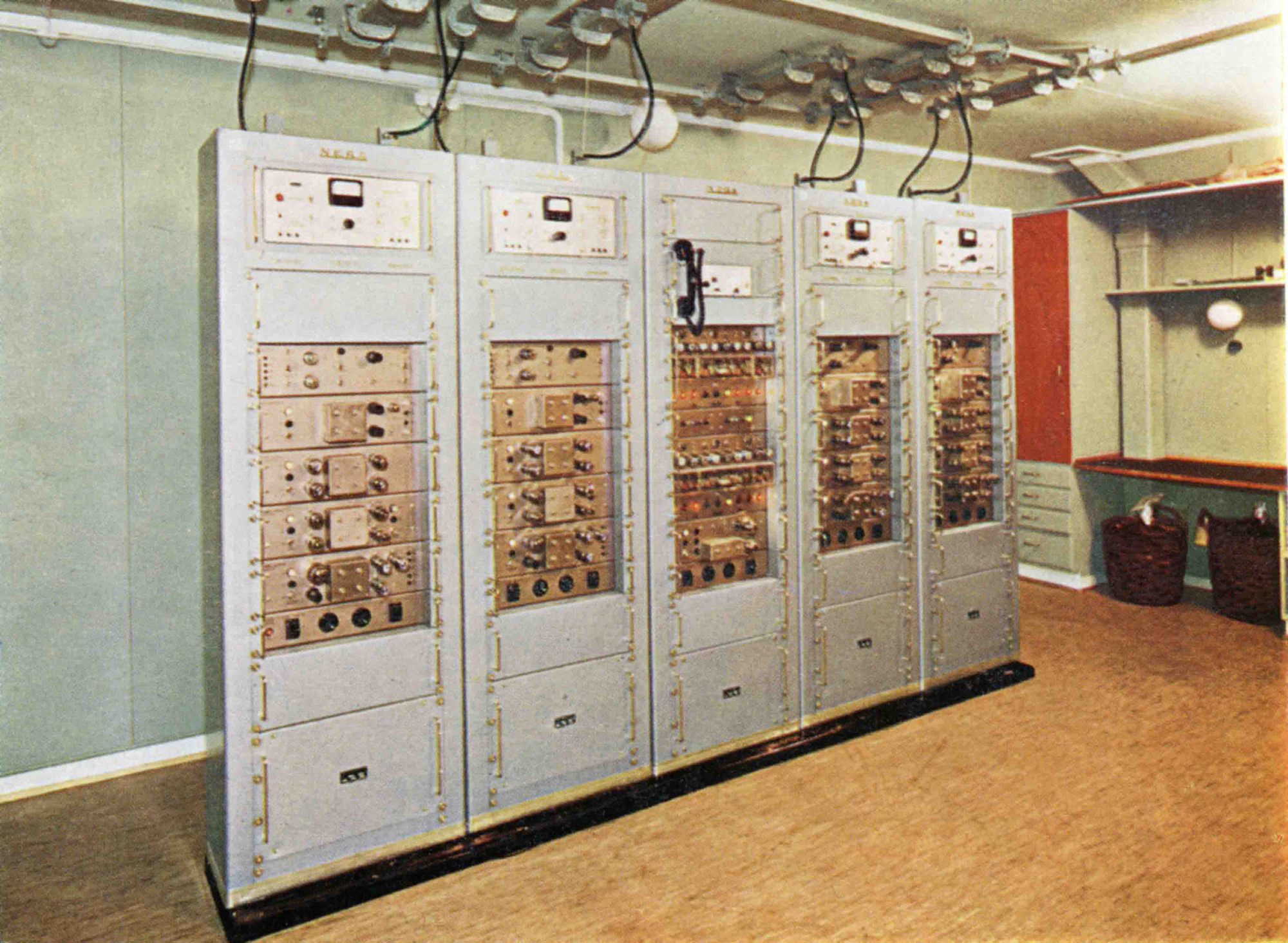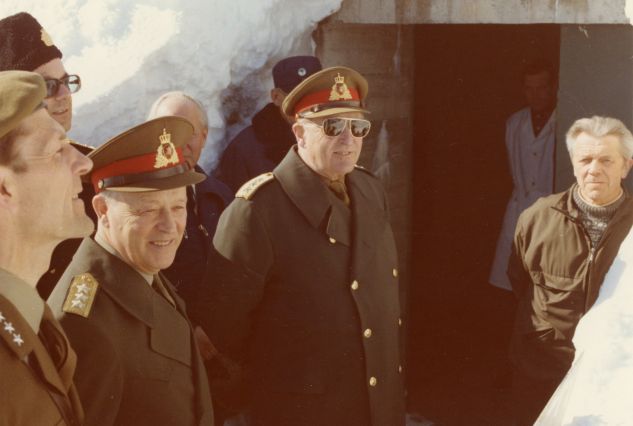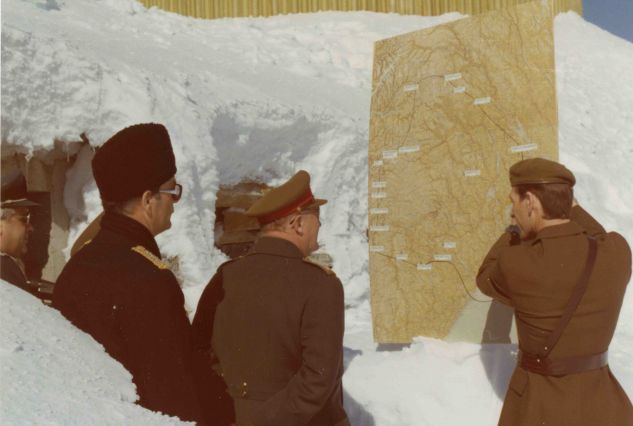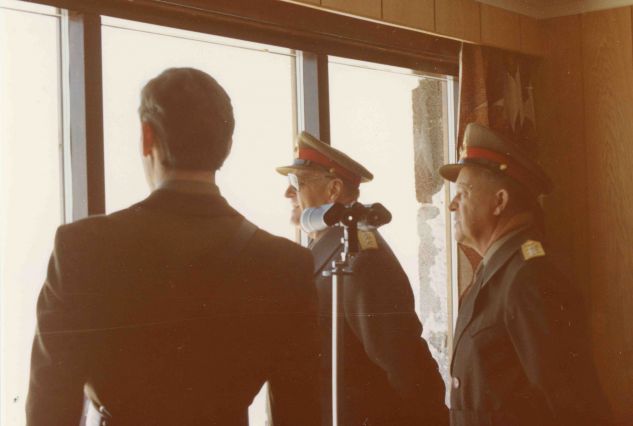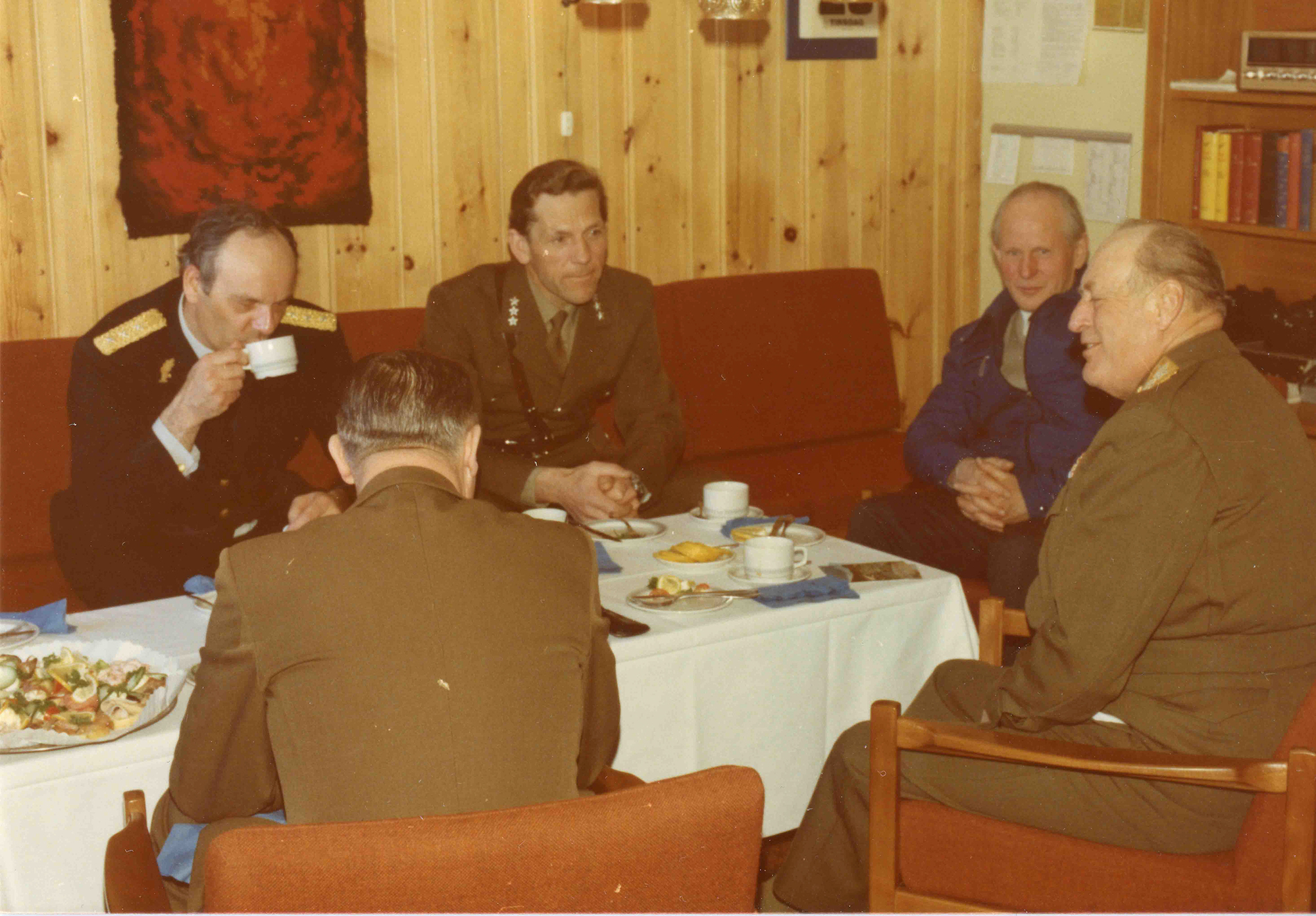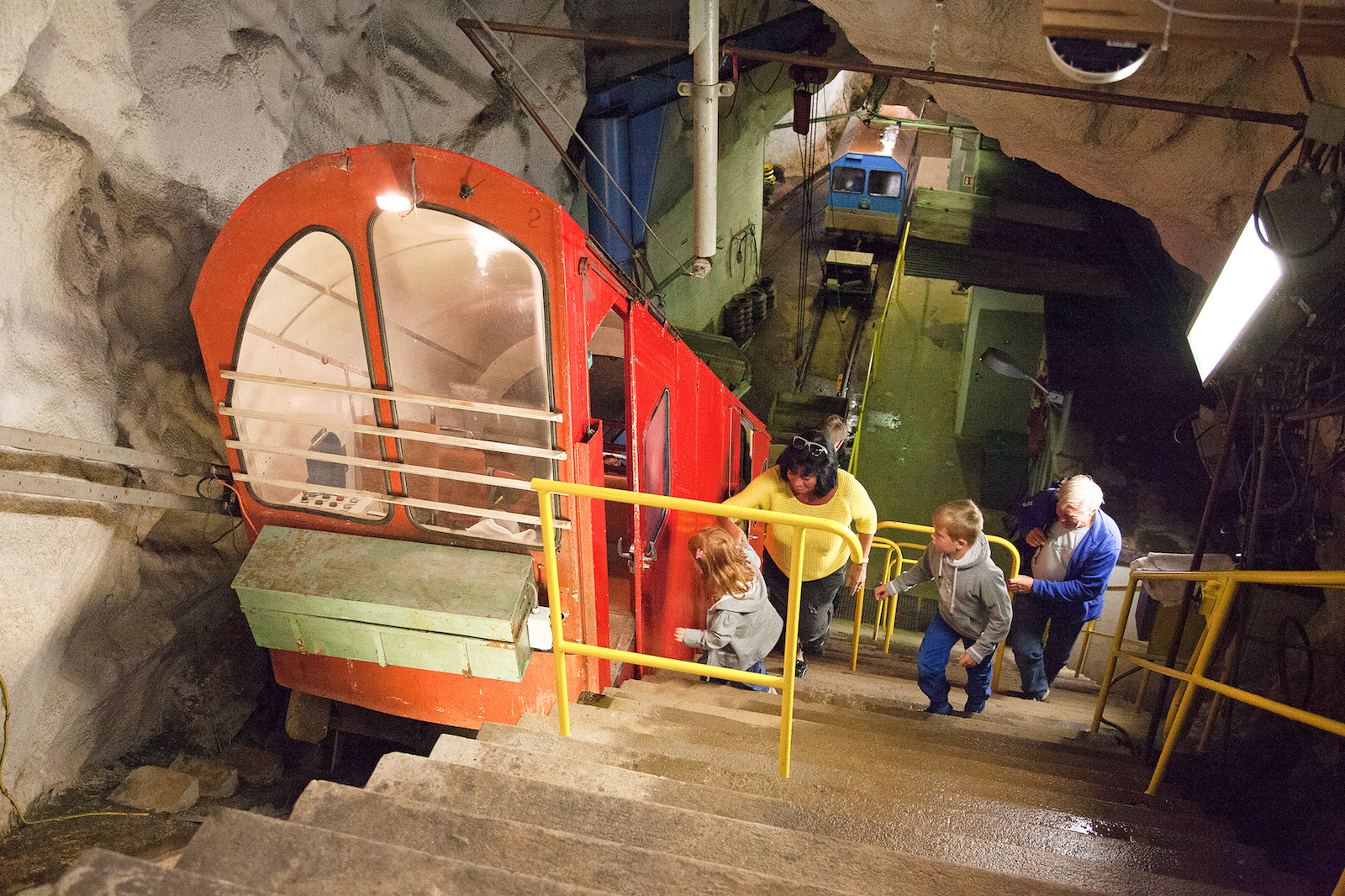The story of the Gaustabanen tramway is all about dreams, the Cold War and impressive engineering.
The story about Gaustabanen
«The Gaustabanen tramway would almost certainly not have been built today. You must have vitality to set about building a tunnel up to the top of such a mountain.»
1893: Gaustatoppen Mountain Lodge is completed.
1934: Opening of the weather station, which is the first technical installation atop Gaustatoppen. Broadcasted directly on NRK.
1934: The first Alpine skiing competition is held at Easter in 1934. The first downhill race is held on 31 March 1935.
1940: The World Cup in downhill skiing is cancelled due to World War II.
1953: Plans for the Gaustabanen tramway are announced.
1954: Work begins. Already in February of 1954, it becomes evident that NATO wants to sit in the driver's seat on its own.
1959: Opening. Tourism is not an option.
1977: The King's lift is completed. Even when King Olav came to inspect the facility in 1977, it was done in all secrecy by helicopter from Oslo.
2004: Commercial trial operations during one summer week and one winter week in 2004, plus two Saturdays.
2010: On 31 July, the first commercial trip of the Gaustabanen tramway takes place.
Source: Helge Songe, author of the book "Gaustatoppen"
It didn't take long for NATO to take over the entire facility, which was originally meant to be open to all.
Helge Songe, author of the book "Gaustatoppen"
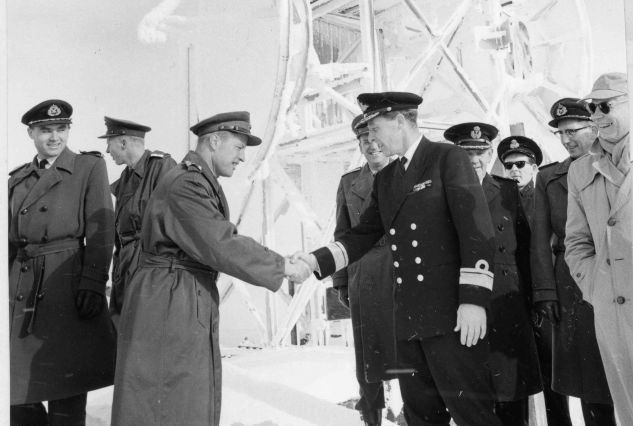
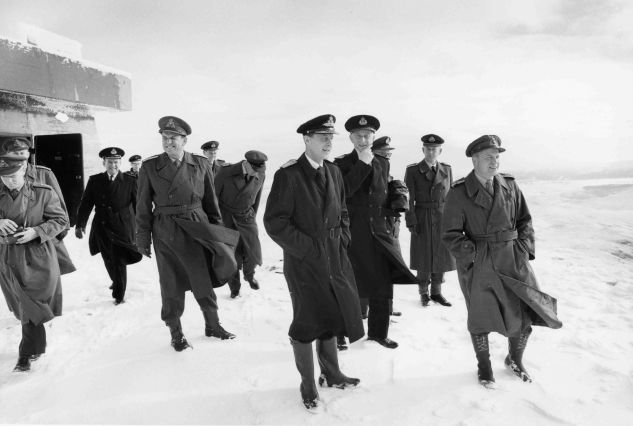
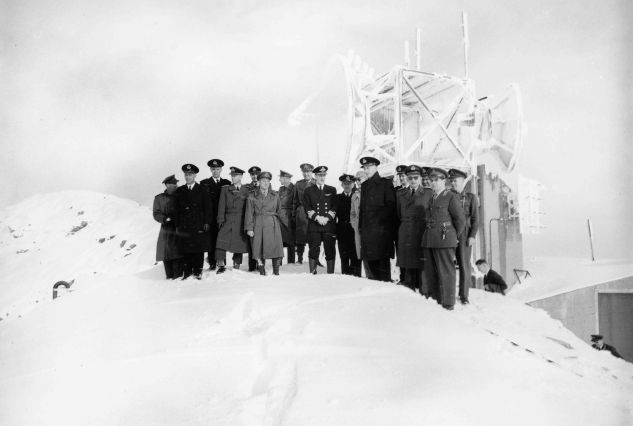
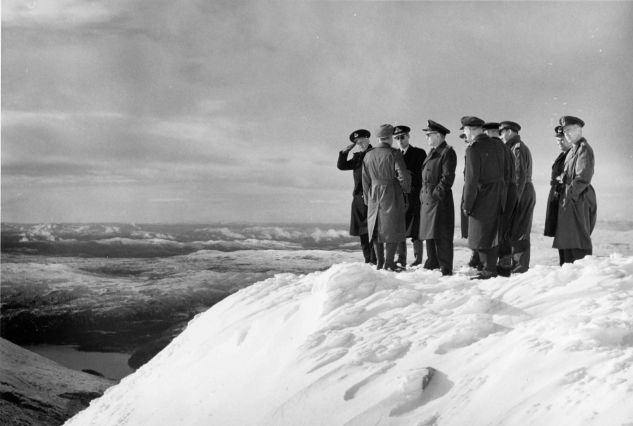
When you exit the cable cars at the top today, you have to walk through a 110-meter-long tunnel to get out into the daylight. That's all you get to see of the facility up here.
Hidden from the outside world are several rooms with technical equipment, backup power, a ventilation system, and an apartment for the staff members who were working up here, not to mention the famous "King's Lift" that goes from the radio relay room up to the office and apartment building at the summit.
The need for the "King's Lift" first presented itself back when the Norwegian Telecommunications company was doing construction work on Gaustatoppen at the beginning of the 1970s, but its completion was given extra priority when King Olav decided to come for a visit in 1977, hence the name.
Kilde: Helge Songe, author of the book "Gaustatoppen"
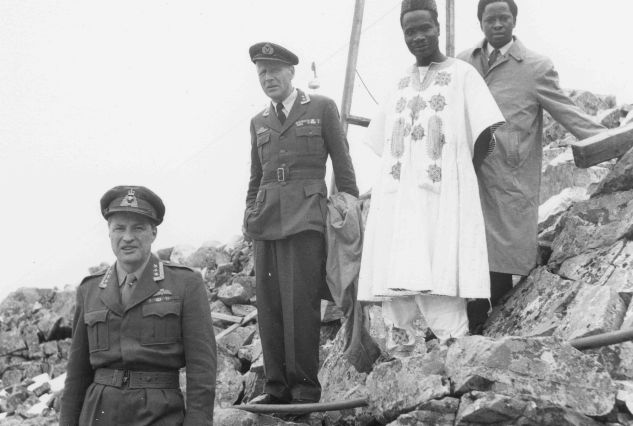
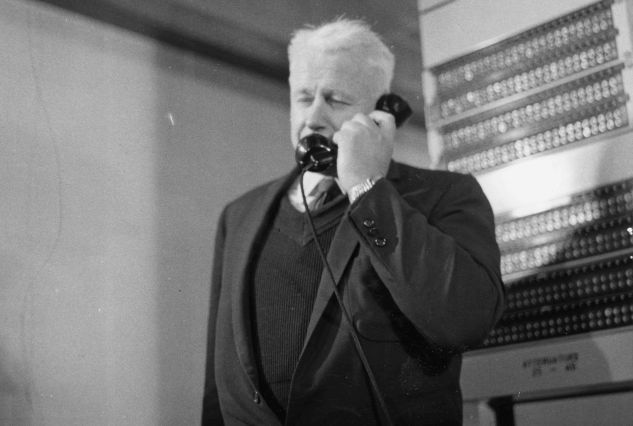
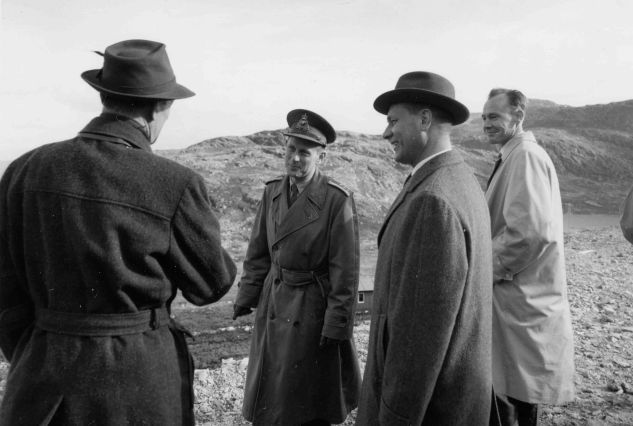
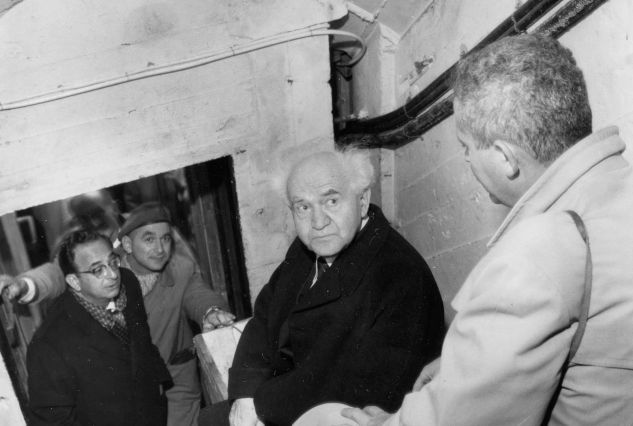
Source: The book "Gaustatoppen", and interviews with author, Helge Songe.
Foto: Privat
